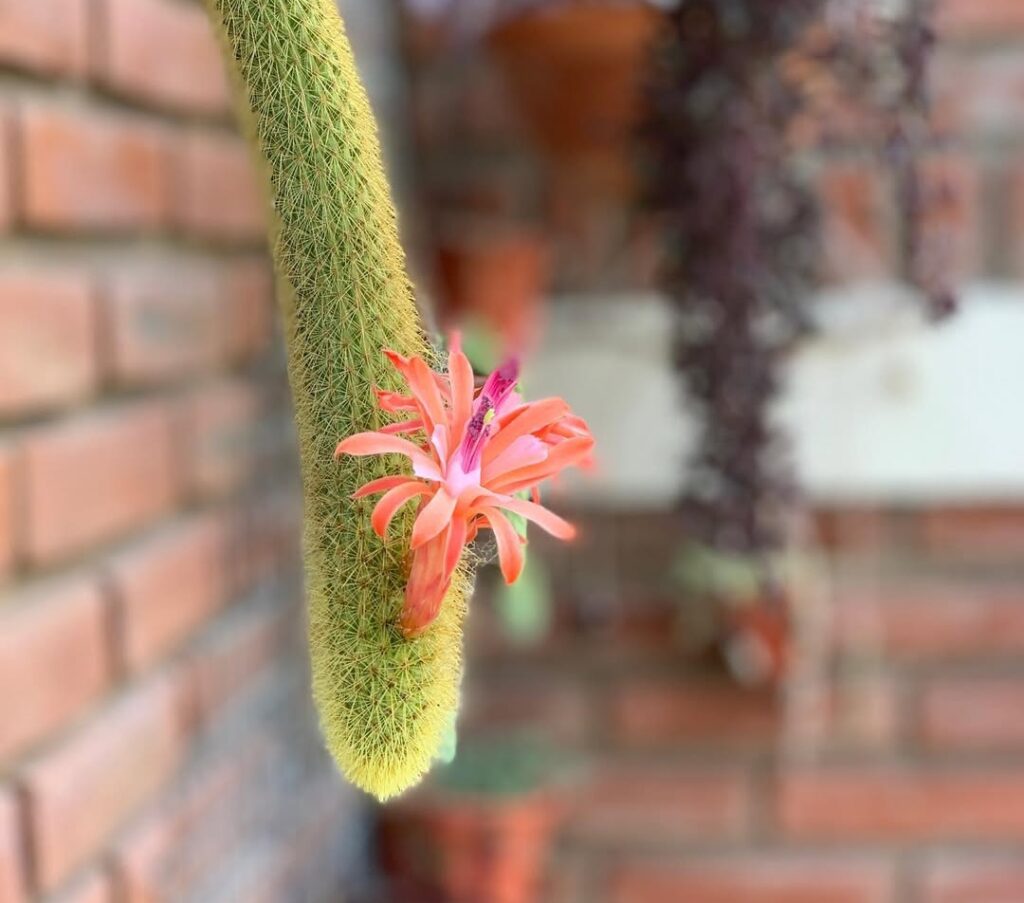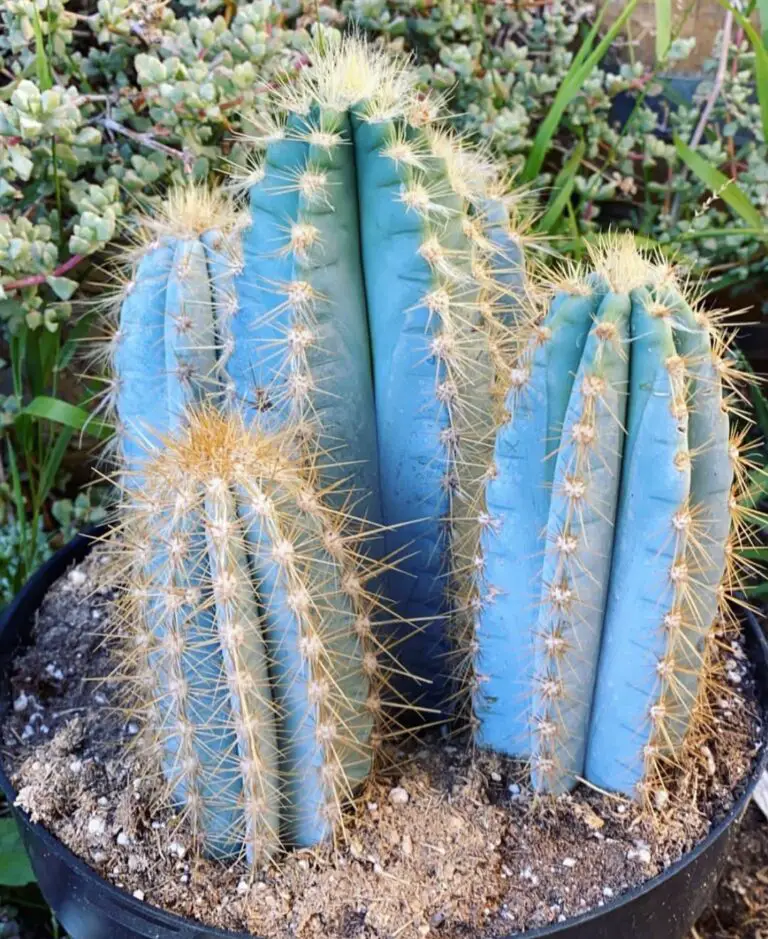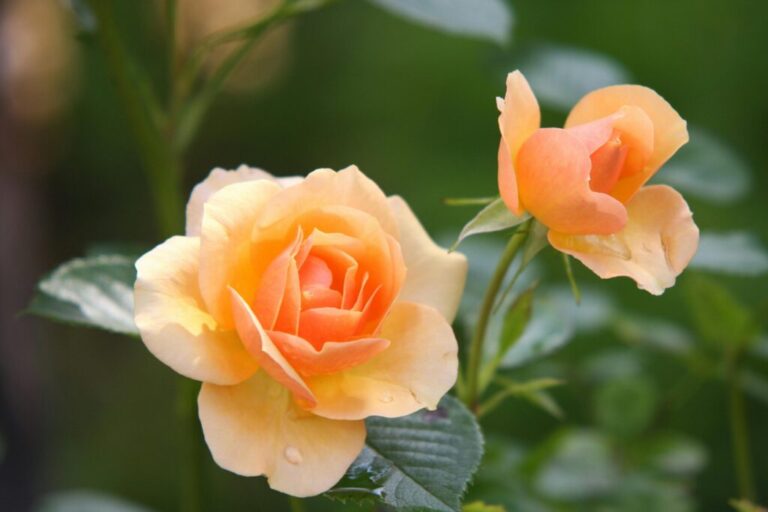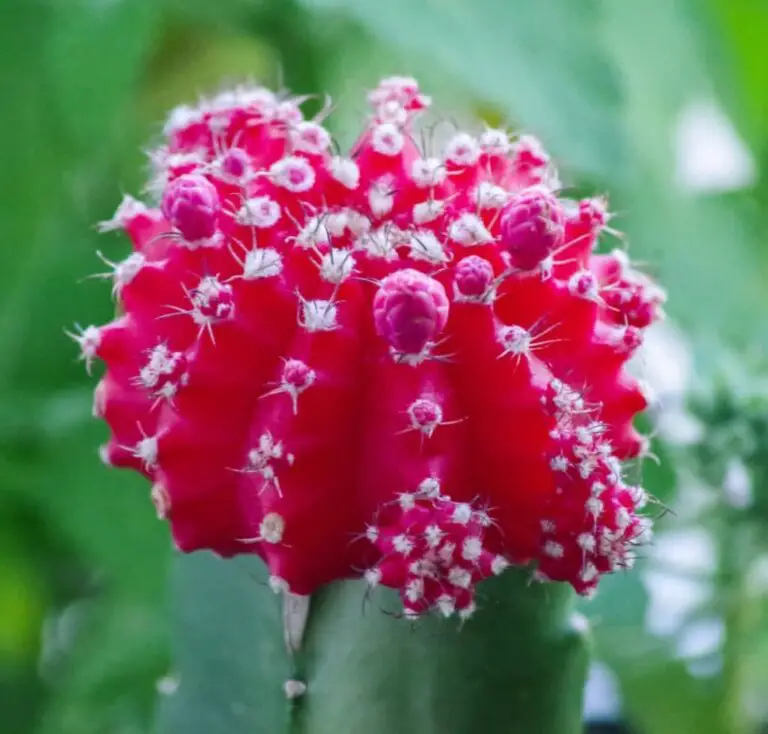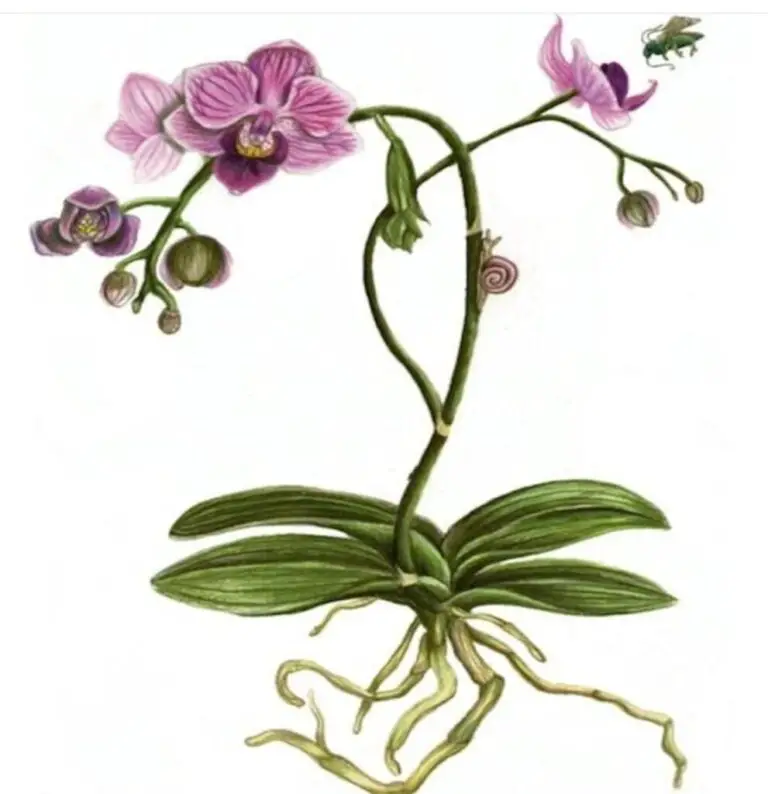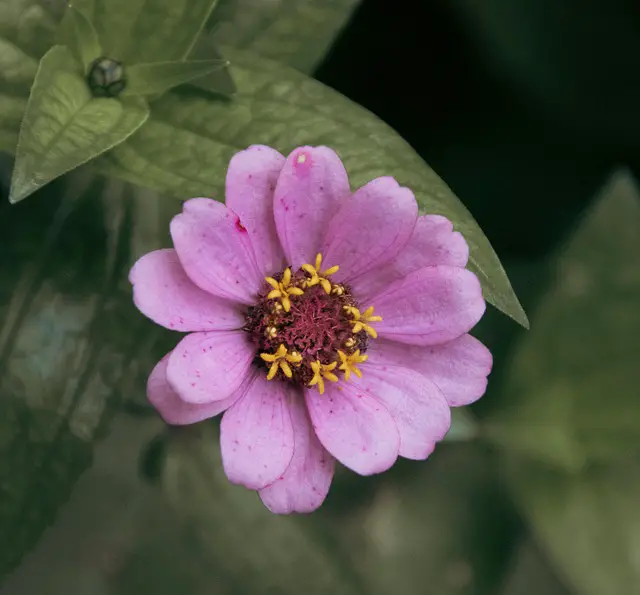When you think of cacti, you might picture qspiky green plants standing tall in the desert sun. But the Cleistocactus winteri, also known as the Golden Rat Tail Cactus, breaks all the rules. This cascading beauty is a showstopper, draping its golden, fuzzy stems like a living waterfall. It’s an eye-catching, easy-to-care-for plant that can thrive indoors or outdoors, making it a great choice for any cactus lover. But what makes it truly special? Let’s uncover the secrets to growing and caring for this unique cactus!

Cleistocactus winteri Care Timetable
| Season | Care Task | Details |
|---|---|---|
| Spring & Summer | Watering | Water deeply when soil is completely dry, using the soak-and-dry method. Avoid overwatering. |
| Spring & Summer | Fertilization | Feed monthly with a diluted cactus fertilizer (low nitrogen) for healthy growth. |
| Spring & Summer | Repotting | Repot if needed, using a well-draining cactus mix. Handle carefully to avoid damaging spines. |
| Spring & Summer | Sunlight | Place in full sun for at least 6 hours a day. Gradually increase sun exposure to prevent sunburn. |
| Fall & Winter | Reduce Watering | Water only once every 4-6 weeks as growth slows. Ensure soil is dry before watering. |
| Fall & Winter | Dormancy Care | Keep temperatures between 40-50°F (4-10°C). No fertilizing or repotting during this period. |
| Fall & Winter | Indoor Care | If temperatures drop below 50°F (10°C), bring the cactus indoors to a bright, cool spot. |
What Makes Cleistocactus winteri Unique?
Unlike many upright cacti, Cleistocactus winteri thrives in a hanging basket or spilling over rock walls, making it a favorite for creative gardeners. Its long, trailing stems can grow several feet in length, creating an impressive display. The stems are covered in dense golden spines that give them a soft, fuzzy appearance, although they are still mildly prickly to the touch. This cactus also surprises growers with vibrant pinkish-orange flowers that bloom along the stems, adding a splash of color. If you love plants that require minimal maintenance but provide maximum beauty, this cactus is a fantastic choice.
How to Grow Cleistocactus winteri (Golden Rat Tail Cactus)
Even if you don’t have a green thumb, this resilient cactus will make you look like a plant expert. It adapts well to different environments and requires very little attention. However, to ensure it thrives, follow these essential care tips.
1. Light Requirements
This cactus loves bright, indirect light, but it can also handle some direct sun. If grown indoors, it should be placed near a south- or west-facing window where it receives at least six hours of sunlight daily. If the plant receives too little light, it may grow weak and leggy, losing its golden color. Outdoor growers should provide some afternoon shade in extremely hot climates to prevent sunburn.
2. Best Soil for Growth
Cleistocactus winteri requires a well-draining soil mix to prevent root rot. A cactus or succulent mix works best, but you can enhance drainage by adding extra perlite or coarse sand. Avoid using heavy, moisture-retentive soils, as they hold excess water, which can be deadly for this plant. If planting in a container, ensure it has drainage holes to allow excess water to escape.
3. Watering Needs
Watering is one of the most critical aspects of caring for this cactus. Follow the “soak and dry” method: water thoroughly, then wait until the soil is completely dry before watering again. During the warmer months, watering every 2-3 weeks is ideal, while in the winter, watering should be reduced to once a month or less. Overwatering is the leading cause of issues such as root rot, so always err on the side of underwatering.
4. Temperature & Humidity
Cleistocactus winteri thrives in warm temperatures between 65-80°F (18-27°C). It can tolerate brief temperature drops to 40°F (4°C) but is not frost-hardy. If you live in a colder climate, bring the plant indoors during the winter months. It prefers a dry climate and does not require high humidity, making it well-suited for indoor environments.
5. Feeding Your Cactus
You may promote healthy development and blooming in your Golden Rat Tail Cactus by fertilising it. Apply a diluted fertiliser for cacti once a month during the spring and summer growing season. Don’t fertilise too much because too many nutrients can cause sluggish growth. The plant does not need fertiliser throughout the winter months since it goes into dormancy.
6. Pruning & Repotting
Pruning is not necessary for this plant, but if you want to maintain its shape, you can trim back overly long or damaged stems. Be sure to wear gloves, as the tiny spines can be irritating to the skin. Repotting is only needed every 2-3 years, or when the plant outgrows its container. When repotting, choose a pot that provides ample space for the roots to grow and use fresh, well-draining soil.
How to Make It Bloom
Golden Rat Tail Cactus produces stunning pinkish-orange blooms, but only if the conditions are just right. To encourage flowering, provide plenty of bright light throughout the year. A key trick to triggering blooms is giving the plant a cooler, dry winter rest period with temperatures between 50-55°F (10-13°C). Avoid repotting too often, as flowers appear on mature stems. With patience and proper care, your cactus will reward you with a spectacular floral display.
Typical Issues & Solutions
Even easygoing plants can have issues. Here’s what to watch for and how to fix them:
1. Wrinkled Stems (Underwatering)
Wrinkled, shriveled stems are a sign that the plant is too dry. Increase watering slightly, but always ensure the soil dries out between waterings to prevent root rot.
2. Mushy Base (Overwatering & Root Rot)
A soft, mushy base often indicates root rot from excessive moisture. If this happens, stop watering immediately, remove the affected parts, and repot the cactus in fresh, dry soil.
3. No Flowers
If your cactus isn’t blooming, it may not be getting enough sunlight or it hasn’t gone through a proper winter rest. Move it to a brighter spot and ensure it experiences a cool, dry period during winter to encourage flowering.
4. Pests (Mealybugs, Spider Mites)
Like many houseplants, Cleistocactus winteri can attract pests such as mealybugs and spider mites. These pests can be removed by spraying the plant with neem oil or wiping affected areas with alcohol-soaked cotton.
Final Thoughts
Cleistocactus winteri is a true gem for cactus lovers. Its cascading golden stems, bright flowers, and easygoing nature make it a perfect addition to any collection. Whether you grow it in a hanging basket, rock garden, or decorative pot, this cactus will continue to thrive for years with minimal care. By following these simple care tips, you can enjoy a healthy and flourishing Golden Rat Tail Cactus that adds beauty and charm to any space.
